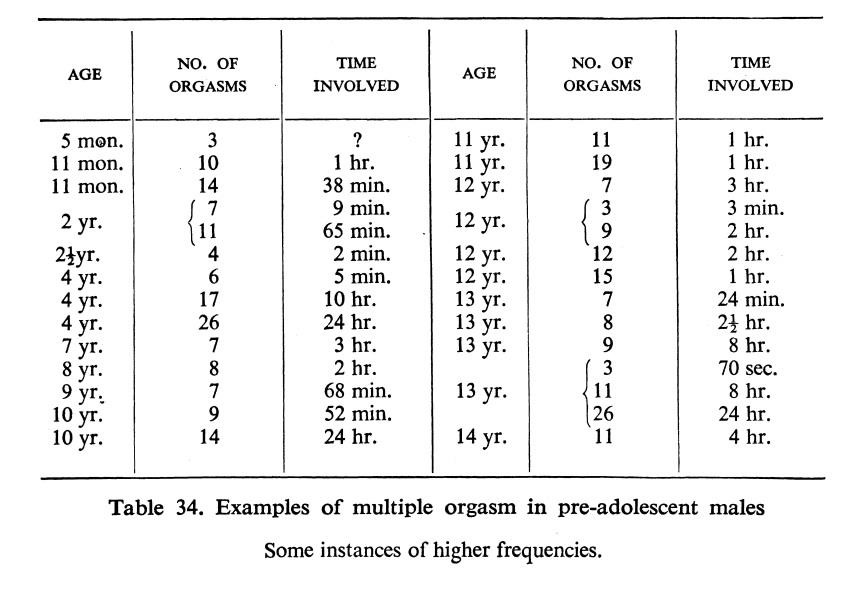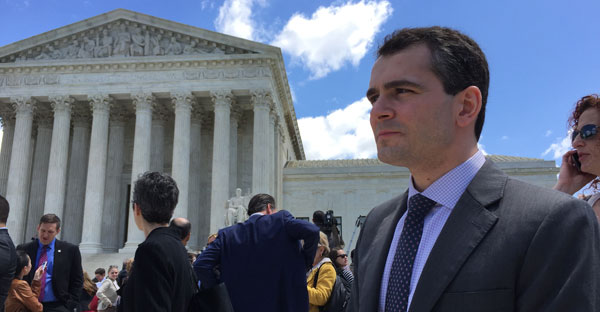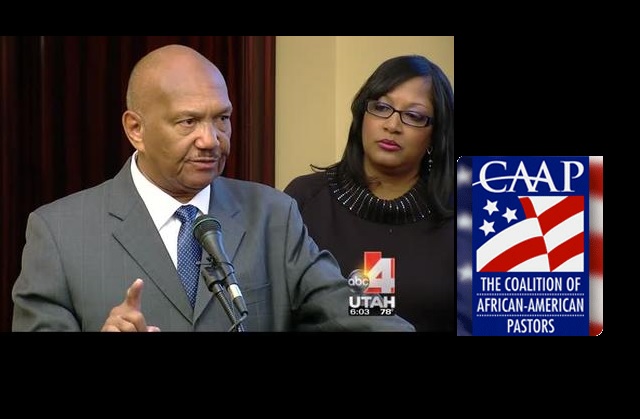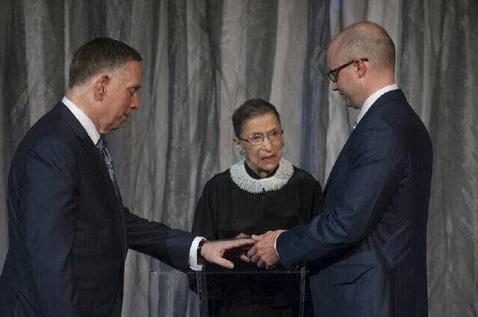The Supreme Court has voted 6-3 (with Chief Justice Roberts writing the majority opinion, joined by Justice Kennedy and the four liberal justices) to uphold the subsidies the IRS is distributing for health insurance plans purchased on the federal insurance exchange.
This ruling sets a dangerous precedent, and its reasoning is, as Justice Scalia wrote in his dissent, “quite absurd.”
There will no doubt be much written about the decision in the coming days, and almost all of it will mischaracterize the ruling as the Supreme Court “saving” the Affordable Care Act again.
This is a crucial error: The Court’s ruling guts the ACA and rewrites [it] in a way that is politically convenient for the president — again.
When the Patient Protection and Affordable Care Act was passed in 2010, the law was designed to work through a “cooperative federalism” approach. For example, the portion of the law expanding Medicaid, like the rest of Medicaid, would be a joint federal-state program, partly funded and regulated by the feds but administered by the states.
The part of the law meant to increase individually purchased insurance coverage was similarly designed to work through federal-state cooperation.
Each state would set up its own health insurance “exchange,” and the federal government would issue tax credits for qualified individuals who purchased policies on the state exchanges. The logic here is that the states are best suited to run exchanges for their residents, as they have particular and specialized knowledge about other state healthcare programs, state regulations on insurance, and their residents’ health needs.
But the law did not (and constitutionally could not) force state governments set up exchanges. So as a backstop, a separate section of the law allows the federal government to set up an exchange for residents in states that did not set up their own.
Here’s where it got problematic: The plain text of the law only authorizes tax credits for policies purchased on an “exchange established by the State.”
There’s no easy way around this fact. Nowhere does the ACA authorize subsidies for plans purchased on the federal exchange. None of this would have been an issue if every state had chosen to build an exchange, as the law’s authors anticipated.
But in reality, the ACA has been persistently unpopular, and only 14 states (and DC) had working exchanges. The details of the backstop provision suddenly became a lot more important as the residents of 36 states were cast onto the federal exchange.
Faced with uncooperative federalism, the Obama administration suddenly had a big political problem, and it would have been quite embarrassing for the law’s biggest benefit to evaporate just as the president was planning to run for reelection on it.
So 14 months after the bill was signed into law, the IRS issued a rule, by executive fiat, to issue subsidies on the federal exchange. Because the penalty for failing [to] purchase health insurance is based on the cost of insurance, including subsidies, relative to a person’s income, individuals and businesses in states without exchanges who would otherwise have been exempt from fines and mandates were now in violation.
Lawsuits followed, which argued the IRS’s decision to issue subsidies in states that had declined to create exchanges was against the law, and it had resulted in actual harm to them.
In one of the lower court rulings on this issue, the DC Circuit concluded that the law offered no clear basis for issuing subsidies through the federal exchange.
If Congress intended to issue subsidies through the federal exchange, it would have been perfectly easy for them to say so, in any number of sections. And if Congress intended to treat the federal exchange as though it were a State entity (as the ACA does with US territories’ exchanges), it knew how to do that too. Yet there is no section of the law that does this.
Some argued that this omission was a “drafting error,” a legislative slip-up. If so, it was one it made over and over again, in at least ten different sections. And, as Michael Cannon rather pointedly asks, if it was a drafting error, why didn’t the government make that case in court? Why didn’t the IRS make that claim when they issued the new rule?
The answer may be that the law meant what the law says. The scant legislative history on this question doesn’t show that Congress ever thought that subsidies were going to be disbursed through the federal exchanges. Perhaps the law’s authors simply didn’t think about it or did not consider the possibility that most states would refuse.
But, in fact, it is entirely plausible that the ACA’s authors intended to only offer subsidies to residents of states that created exchanges, as an incentive to states to build and run them.
The reasons why Congress wanted the states to run the exchanges are perfectly clear. But, apart from the possibility of losing the subsidies, there seems to be little reason for state governments to take the risk of building one of the notoriously dysfunctional exchanges if they could dump their citizens onto the federal exchange with no consequences.
Jonathan Gruber, an MIT economist who was involved in the design of the health care law, explicitly claimed that the law’s authors did this on purpose:
If you’re a state and you don’t set up an Exchange, that means your citizens don’t get their tax credits. … I hope that’s a blatant enough political reality that states will get their act together and realize there are billions of dollars at stake here in setting up these Exchanges, and that they’ll do it.
On the other hand, the government argued (and Roberts accepted) that the text of the law is ambiguous, and ambiguous phrases should be interpreted “in their context and with a view to their place in the overall statutory scheme,” the goal of which was to increase health insurance coverage.
Given that, Roberts concludes, we should construe “exchange established by the State” to mean any ACA exchange, whether Federal or State.
Roberts got to this reasoned, methodical, and preposterous conclusion by arguing that the plain meaning of the text would lead to “calamitous results” that Congress meant to avoid. To wit, that only allowing subsidies for plans purchased on state exchanges would cause a “death spiral” in the insurance market in states that refused to establish exchanges.
The ACA reform has three basic components: subsidies for insurance plans, the individual mandate to purchase insurance, and regulations requiring insurers to issue coverage to people with preexisting conditions (“guaranteed issue”) and banning them from charging higher premiums to sicker people (“community rating”).
The “death spiral” logic goes:
- If states chose not to establish exchanges, their residents would not get subsidies;
- If they couldn’t get subsidies, many people would be exempt from the insurance mandate;
- If they were exempt, they could just wait until they got sick to buy insurance;
- If they did that, insurers would have to accept them, under the guaranteed issue rule;
- If that happened, the price of insurance would go up for everyone, under community rating;
- If that happened, more healthy people would drop out of the insurance market, leaving insurers with a pool of ever sicker and more expensive patients (“adverse selection”), thus forcing insurers out of business and leaving even more people without insurance. And so on.
Hence, “death spiral.” In fact, this is exactly what happened in the 1990s in many states with guaranteed issue and community rating, before Massachusetts invented the mandate to force people to buy insurance and keep the pool of insured people relatively healthy.
But in the ACA, the mandate rests on the cost of insurance with subsidies, and (under the plain text of the law) the subsidies rest on the states establishing exchanges. If the subsidies go, fewer people will buy insurance, and the mandate crumbles, leading to a spiral of higher costs and fewer people insured.
Roberts concluded that this risk would have been unacceptable to Congress, arguing: “The combination of no tax credits and an ineffective coverage requirement could well push a State’s individual insurance market into a death spiral. It is implausible that Congress meant the Act to operate in this manner.”
This perceived implausibility, combined with the alleged ambiguity of the text, caused the Court to rule in favor of the subsidies:
Petitioners’ plain-meaning arguments are strong, but the Act’s context and structure compel the conclusion that Section 36B allows tax credits for insurance purchased on any Exchange created under the Act. Those credits are necessary for the Federal Exchanges to function like their State Exchange counterparts, and to avoid the type of calamitous result that Congress plainly meant to avoid.
The basic problem with Roberts’ decision is that the text isn’t ambiguous. It’s actually pretty clear, as he acknowledged. But the second issue is that Roberts has no strong basis for his speculations about what Congress thought was likely to happen with states or what risks it was willing tolerate.
If the ACA’s authors thought (as almost everyone did) that the states would get with the program and establish their own exchanges, there is no reason that they would have assumed a serious risk of a death spiral. In fact, Gruber suggested that was the plan all along: offer a carrot to the states (the subsidies) and a stick (the risk of screwing up their insurance market).
But more importantly, the “implausible” risk that Roberts bases his interpretation on is precisely what the ACA deliberately did to US territories by imposing guaranteed issue and community rating without an individual mandate.
The DC Circuit Court that ruled against the subsidies last year made exactly this point:
The supposedly unthinkable scenario … one in which insurers in states with federal Exchanges remain subject to the community rating and guaranteed issue requirements but lack a broad base of healthy customers to stabilize prices and avoid adverse selection — is exactly what the ACA enacts in such federal territories as the Northern Mariana Islands, where the Act imposes guaranteed issue and community rating requirements without an individual mandate.
This combination, predictably, has thrown individual insurance markets in the territories into turmoil. But HHS has nevertheless refused to exempt the territories from the guaranteed issue and community rating requirements, recognizing that, “[h]owever meritorious” the reasons for doing so might be, “HHS is not authorized to choose which provisions of the [ACA] might apply to the territories.”
But, it seems, the Supreme Court feels that is authorized to choose what provisions of the ACA should apply, on the grounds that doing so would make better policy, regardless of what the law actually requires.
This is essentially what Roberts did in the previous Obamacare ruling, in which he rewrote the individual mandate and the Medicaid portions of the law in order to make them pass constitutional muster.
In his scathing dissent, Justice Scalia noted,
Having transformed two major parts of the law, the Court today has turned its attention to a third. The Act that Congress passed makes tax credits available only on an “Exchange established by the State.”
This Court, however, concludes that this limitation would prevent the rest of the Act from working as well as hoped. So it rewrites the law to make tax credits available everywhere. We should start calling this law SCOTUScare.
… This Court’s two decisions on the Act will surely be remembered through the years. The somersaults of statutory interpretation they have performed (“penalty” means tax, “further [Medicaid] payments to the State” means only incremental Medicaid payments to the State, “established by the State” means not established by the State) will be cited by litigants endlessly, to the confusion of honest jurisprudence.
This decision is not disastrous because it “saved” Obamacare — it did no such thing: The Court gutted the law and let the Obama administration stuff it with whatever policy it thought best.
No, the ruling is a catastrophe because it establishes the principle that the president can unilaterally override the plain meaning of the law whenever he or she thinks that doing so will lead to a better outcome, one more in keeping with his or her policy goals.
As is often the case with elaborate government programs, things didn’t turn out the way that the planners expected. And, once again, the Supreme Court allowed the government to skate around both the Affordable Care Act and the law of unintended consequences.
This decision sanctifies the administration’s decision to defy Congress, circumvent the states, and flout the law. And as the authors of Obamacare knew, if you subsidize something, you’ll get more of it. Expect this ruling to stimulate more sloppy legislation, executive overreach, and subversion of the rule of law.

Daniel Bier
Daniel Bier is the editor of Anything Peaceful. He writes on issues relating to science, civil liberties, and economic freedom.










 On June 26, 2015, the United States Supreme Court, in a 5-4 split decision, declared that the institution of marriage is not limited to individuals of opposite genders… one man and one woman. Five of the nine justices found a way to conclude that the Constitution guarantees a right to marriage between same-sex couples. “No longer may this liberty be denied,” Justice Anthony M. Kennedy wrote in the majority opinion. “No union is more profound than marriage, for it embodies the highest ideals of love, fidelity, devotion, sacrifice, and family. In forming a marital union, two people become something greater than once they were.” His words were more appropriate to a lonely hearts club newsletter than to a U.S. Supreme Court decision.
On June 26, 2015, the United States Supreme Court, in a 5-4 split decision, declared that the institution of marriage is not limited to individuals of opposite genders… one man and one woman. Five of the nine justices found a way to conclude that the Constitution guarantees a right to marriage between same-sex couples. “No longer may this liberty be denied,” Justice Anthony M. Kennedy wrote in the majority opinion. “No union is more profound than marriage, for it embodies the highest ideals of love, fidelity, devotion, sacrifice, and family. In forming a marital union, two people become something greater than once they were.” His words were more appropriate to a lonely hearts club newsletter than to a U.S. Supreme Court decision.
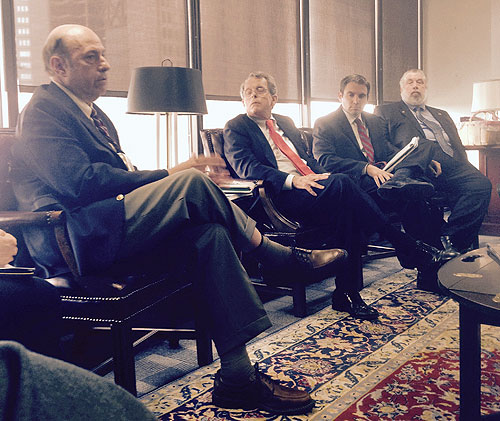 July 10 meeting in DeWine’s office. Ohio Attorney General Mike DeWine (in red tie) watches Constitutional Law Professor David Forte (far left) discuss the Motion for Recusal filed in April and a Motion for a Re-hearing to be filed immediately. Seated to DeWine’s left is Solicitor General Eric Murphy. Nearly 50 Ohio pro-family activists, citizens, and pastors were also in the room.
July 10 meeting in DeWine’s office. Ohio Attorney General Mike DeWine (in red tie) watches Constitutional Law Professor David Forte (far left) discuss the Motion for Recusal filed in April and a Motion for a Re-hearing to be filed immediately. Seated to DeWine’s left is Solicitor General Eric Murphy. Nearly 50 Ohio pro-family activists, citizens, and pastors were also in the room.





